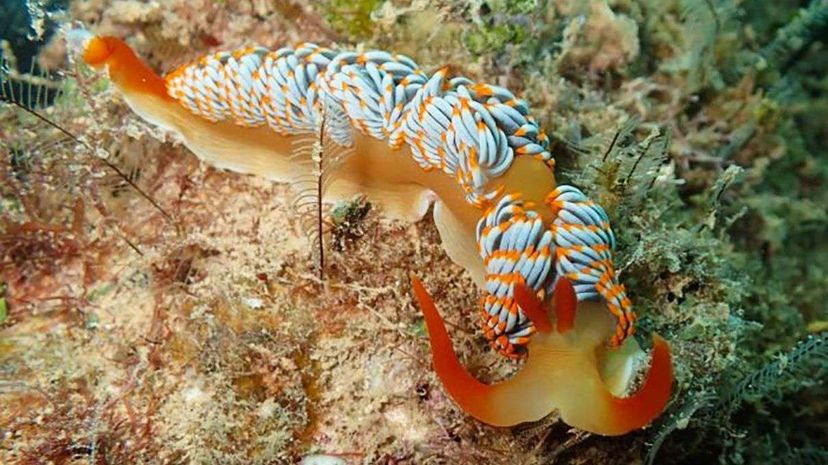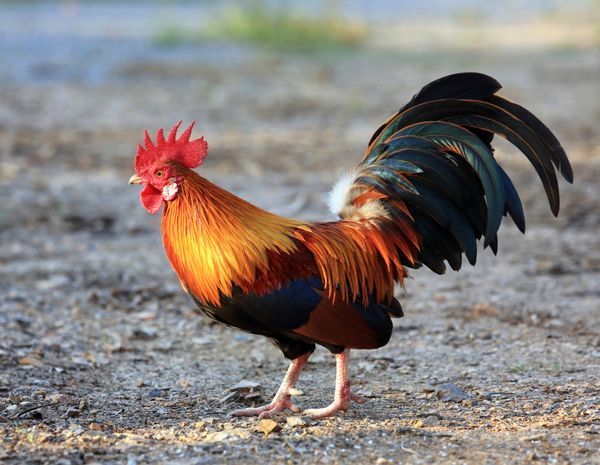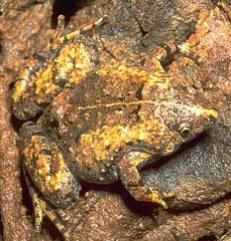
There's a new, mysteriously charismatic sea slug off the coast of Australia. It needs your help. It needs a name.
The creature's a type of sea animal called a nudibranch, and has been identified as a member of the genus Moridilla. But its species name — think the rex in Tyrannosaurus rex, or sapiens in our very own Homo sapiens — has yet to be assigned. The scientists who identified the animal are turning to the public for its species name.
Advertisement
First spotted 16 years ago in three locations off the coast of Northwestern Australia's Dampier Peninsula, the new discovery's similar to the sea slug species Moridilla brockii, but analysis over the past decade-and-a-half suggests it is its own slug.
The hermaphroditic nudibranch grows to about 4 inches (10 centimeters) long, and moves along the ocean floor using a rippling, snail-like foot. It relies on orange-tipped oral tentacles to sense its way across the sea floor.
The iridescent blue protuberences along its back are actually structures called cerata. They also swirl around in ocean currents, and can extend if the slug feels threatened. In addition to looking super cool, a nudibranch's cerata actually help in respiration, aiding in the processing of gases from sea water. They're comparable to the bronchioles in your lungs. In fact, the taxonomic order name "nudibranchia" comes from Latin and Greek words meaning "naked" and "gills" — and by the way, it's pronounced "nudi-brank."
The Western Australian Museum's partnered up with the Australian Broadcasting Corporation Radio National show "Off Track" sponsor a species-naming contest, as the video above explains. They've opened the floodgates to the people, and all you have to do is submit a name and, in 30 words or less, explain why. After the contest closes, aquatic zoologists Nerida Wilson and Leila Carmona will submit a paper to a peer-reviewed journal and, if everything goes swimmingly, the slug gets an official name.
In addition to the glory that comes along with naming a species, the winner of the contest will also receive a two-night trip for two to Perth in Western Australia and a private tour of the museum — including a visit to see specimens of He Who Shall Not Be Named.
Advertisement

